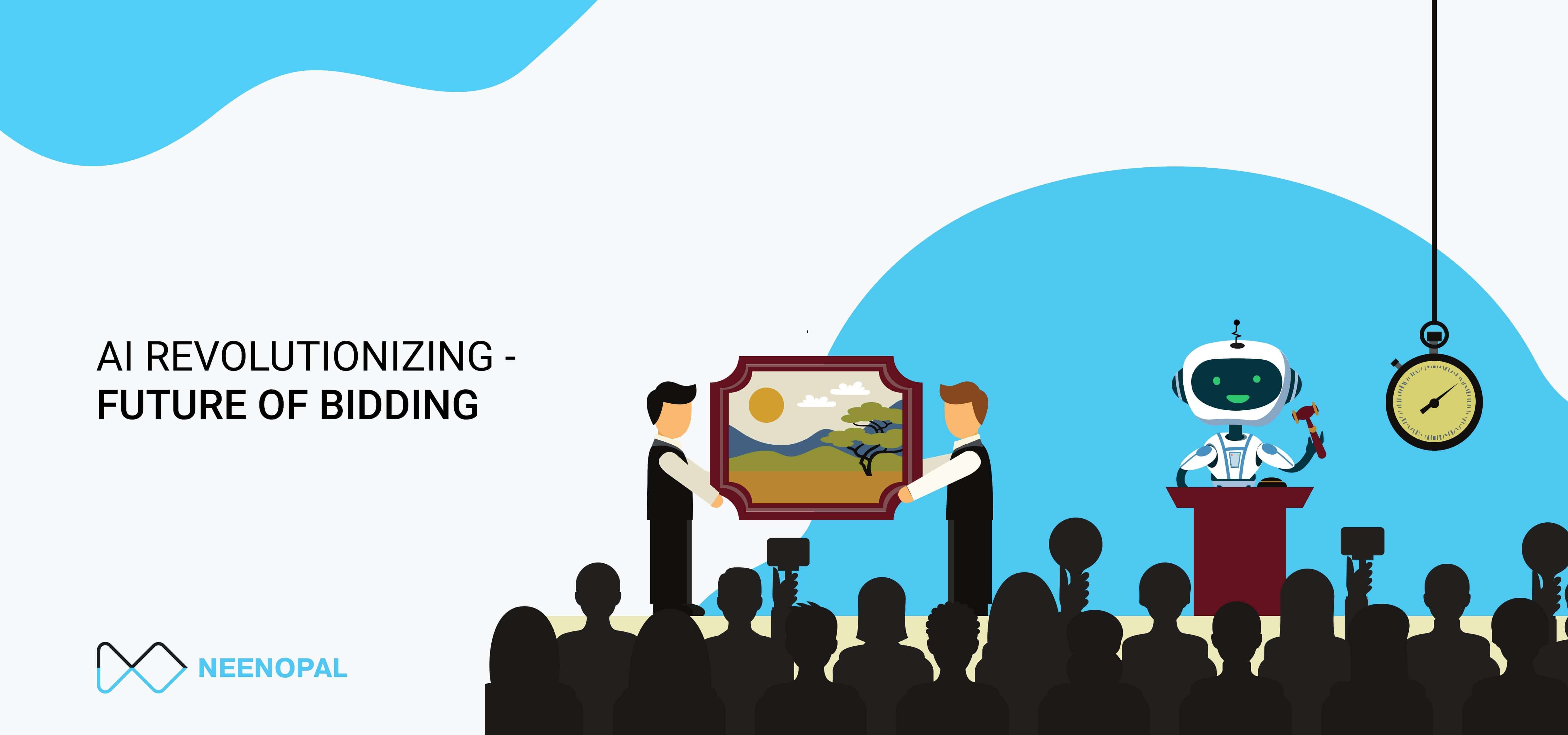Know all about how data analytics is set to disrupt the bidding process, how AI based bidding works and how Google uses analytics in bidding
In today’s dynamic world that is ruled by demand, supply, and requirement rather than just the cost of a product, fixing the price of a product or service that is not essential or dependent entirely on the market makes no sense. When a price is fixed, no consideration is made of the value or need of the product to the customer, the price they are capable of offering, or the projected market trends at the time the product will be sold. This is where bidding comes in. Bidding not only incorporates these factors but also allows the seller to make better profits.
But bidders face a number of challenges that can come in the way of them acquiring the required product. Bidders can face problems with sticking to bidding requirements and deadlines, correctly considering all internal as well as external factors to ensure the success of a bid, and using the right tools and resources to analyze such factors or if even the solicitation is the right one to respond to. But with AI, most of these challenges can be overcome and that is exactly what we will cover in this blog.
Bidding: Definition and Types
In the most literal sense, bidding is a process where a product or service is declared for sale and interested buyers will provide prices according to both market influences as well as internal factors. The highest bidder takes the product. Of course, this is a highly simplified definition and actual bidding can and rather is be much more complex.
Bidding can be categorized based on several factors. Depending on the number of participants on each side, there can be forward auctions, where multiple buyers bid to a single seller, reverse auctions, where multiple sellers bid to a single buyer, and double auctions, where multiple sellers, as well as buyers, are involved.
Bidding can also be classified by price development. English auctions are the most common in which buyers bid openly, with every bid higher in amount than the previous. Dutch auctions are the opposite, where the auctioneer starts off with a high price and keeps decreasing the amount until a buyer accepts a price or the seller’s limit is reached. It is mainly used for multi-unit sales. A blind auction is a single-shot one where sealed bids are submitted by every participant and the highest bidder pays their submitted price. A Vickrey auction is similar, but the highest bidder pays the second-highest submitted price.
How Can AI Help in Procurement and Tender Management in Bidding
AI (Artificial Intelligence) has the power to automate several aspects of bidding, especially those that have to do with the use of data analytics to understand the market and the seller. But AI can also help automate many of the tasks traditionally done manually. AI can help you discover and respond to more tenders as well as manage and organize them pre and post-auction. AI can help you harness and analyze the details of a solicitation, the history and behaviour of the seller, as well as current market trends to make better decisions regarding costing and optimize the bid price to increase the chances of success.
Utilizing AI will also help you understand and consider all the factors and actors involved in and influencing the bid. This will help you make more informed decisions that do not ignore any key players in the results. Moreover, AI will help you establish and maintain better relationships with the sellers. This serves you better in that at the end of the day, the final decision is made by the seller means that personal relationships to buyers, personal interests, and the possibility of scratching each others’ backs play a role in the decision-making process. Having the seller on your side increases the chances of you winning manifold.
How AI Can Optimize Online Bids
Online bidding has become a huge market with people fighting for ad spaces and keywords. Everyone knows the importance of the coveted first position in the SERPs or showing up in the right place at the right time on the screen of the right person. Search engine and social media marketing run almost entirely on online bids. Google Ads campaigns, Amazon Advertising, Facebook Ad campaigns, Instagram Ads, and many more sell their precious space through auctions.
It is even more crucial for YLML industries like law, insurance, finance, medicine, etc. Even for retail and e-commerce, where the visibility of a product is of utmost importance in influencing sales, acquiring the right keywords is essential. Keyword prices can be very high in these sectors, even north of a hundred dollars. Making the wrong decision could cost a buyer millions of dollars. But if they use AI, it becomes easy to make these decisions, resulting in a higher quality of leads, more conversions, and lower CPA or cost per acquisition. Using AI will allow the buyer to run data in huge volumes through analytical systems and obtain results in real-time. This helps in viewing and optimizing the data with lower response times with changing trends and making prompt decisions.
Rule-based Bidding vs. AI-based Bidding
Rule-based bidding is the traditional or manual form of bidding whereby a pre-set list of conditions and corresponding responses are used as rules for decision-making for any changes that might appear in the market. In this system, complete control of the advertising strategy remains in the hands of the advertiser. The advertiser uses their own discretion to modulate and configure the conditions and values of their advertisement.
In contrast, AI-based bidding is automated. It is programmed to dig out data and analyze all factors and trends in the market and update the required values and settings automatically to meet certain goals of the advertiser. By using machine learning, AI bidding solutions can learn to draw conclusions from market data and use it to influence their predictions and projections to support a certain decision.
Rules-based bidding is static and condition-centric in that it follows its set of rules blindly without taking into account the current circumstances, or partially doing so. AI-based bidding is dynamic, goal-centric, and constantly updates itself to suit the market. In the former, the advertiser is the sole decision-maker while in the latter, the AI system itself adjusts and adapts much of the bidding process.
How Does Google Use AI in Bidding
Google allows advertisers to make use of automated bidding strategies to set their goals and realize them more easily. Instead of having to set each factor and value individually, they are packaged in a single strategy that takes care of all concerned factors. Google lists six main types of these. “Maximize Clicks” helps increase site visits; “Target Impression Share” increases site visibility; “Target CPA” helps achieve more conversions at your target CPA; “Target ROAS” helps achieve maximum conversion value for a target ROAS; “Maximize Conversions” helps achieve the greatest possible conversions in your budget; “Maximize Conversion Value” does the same but for the greatest conversion value.
Smart Bidding is the next step in automated bidding. It uses advanced ML to assist you in creating tailored bids for every auction with minimum effort. It takes advantage of a wide range of online market factors like time, location, device, language, OS, remarketing list, etc. to select and design bids keeping in mind the context of the search. It is primarily conversion-based in that its end goals include targeting desired CPA or ROAS or getting better CPC values.
Conclusion
It makes a lot of sense to delegate the bidding process to AI. There are way too many factors and complex relations than a person could possibly keep track of in real-time and apply to their bidding strategy. Having an AI-based system allows you to capture market developments and analyze complicated connections easily and quickly and act fast before your competitor or rival sweeps in and steals your deal.





